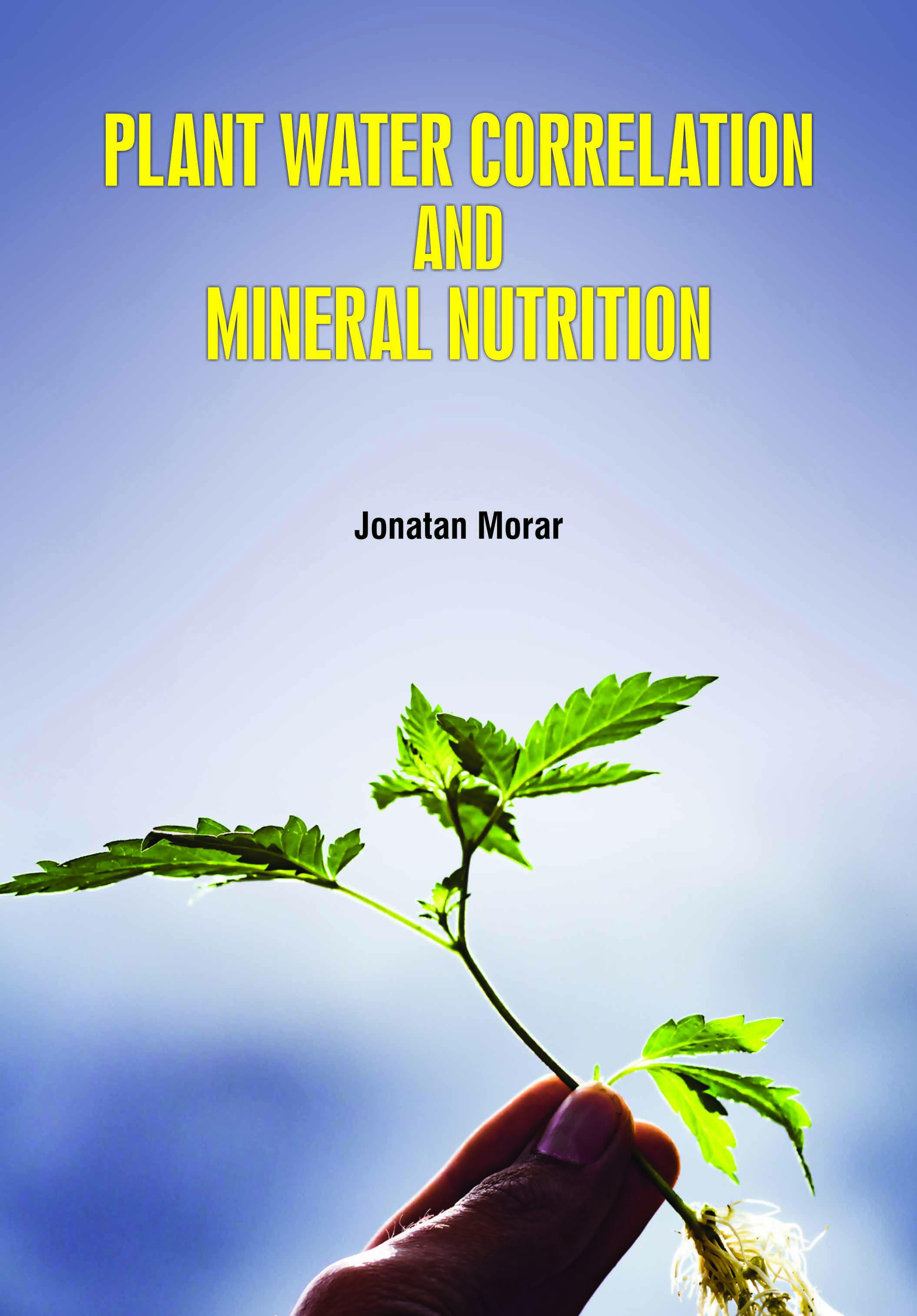
Plant Water Correlation and Mineral Nutrition
by Jonatan Morar
| ISBN | 9781799601036 |
|---|---|
| Publisher | White Press Academics |
| Copyright Year | 2020 |
| Price | $230.00 |

by Jonatan Morar
| ISBN | 9781799601036 |
|---|---|
| Publisher | White Press Academics |
| Copyright Year | 2020 |
| Price | $230.00 |
Knowledge of plant water relations is important because water is essential for both plants and animals. It serves as a mediurn for the dissolution of substances. A huge amount of water is taken up dailly by plants and a considerable amount is lost in transpiration. The water requirement of different categories of plants is different. The plants absorb water and soluble mineral salts from the soil by their root system. This function of absorption is facilitated by the unicellular root hairs present on the roots. These unicellular root hairs enter in the interspaces of the soil particles, irregularly. These root hairs absorb the water found in the form of thin films around these soil particles. The relationship between plants and all chemical elements other than carbon, hydrogen, and oxygen in the environment. Plants obtain most of their mineral nutrients by extracting them from solution in the soil or the aquatic environment. Mineral nutrients are so called because most have been derived from the weathering of mineralls of the Earth’s crust. Nitrogen is exceptionall in that little occurs in minerals: the primary source is gaseous nitrogen of the atmosphere. Absorption, utilization and assimilation of inorganic compound or minerals by plants for synthesis of essential material for their growth, development, structure and physiology is called Mineral Nutrition. The inorganic materialls obtained from soil which are used as raw material by plants is called Mineral Nutrients. The book is suitable to establish a plant, water, mineral and quality control laboratory. The basic purpose is to help in making fertilizer recommendations for optimum yield potential.